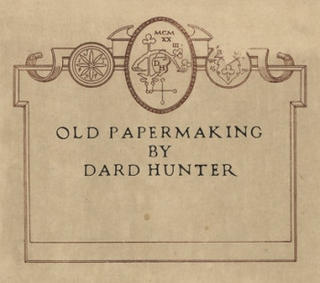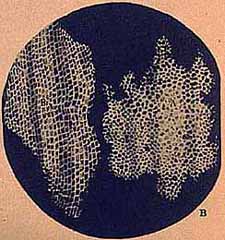 If ever I manage to wrench out the great novel from within, it would be the epitome of elegance (but unlikely economic sense) to have a craftsman of the calibre of Dard Hunter hand make and publish each book.
If ever I manage to wrench out the great novel from within, it would be the epitome of elegance (but unlikely economic sense) to have a craftsman of the calibre of Dard Hunter hand make and publish each book.Born into a printing family in 1883, Dard Hunter became skilled in a range of artistic fields and after visiting europe, devoted his life to studying, practising and recording all facets of the hand papermaking and printing-typographic trades.

Before his death in the 60s Hunter had written and published a number of limited edition gold-standard papermaking and associated books. All of these, plus some he had handmade for clients have been digitized and are displayed in the University of Utah Dard Hunter Exhibition.
I think his work is tastefully exquisite personally.
- A 1-page biography as part of the Georgia Institute of Technology Paper Museum Tour.
- Another excellent exhibition on Dard Hunter by the University of Ohio.
- Friends of Dard Hunter Inc. website.





 While we're on the subject,
While we're on the subject, 














 .
. 














